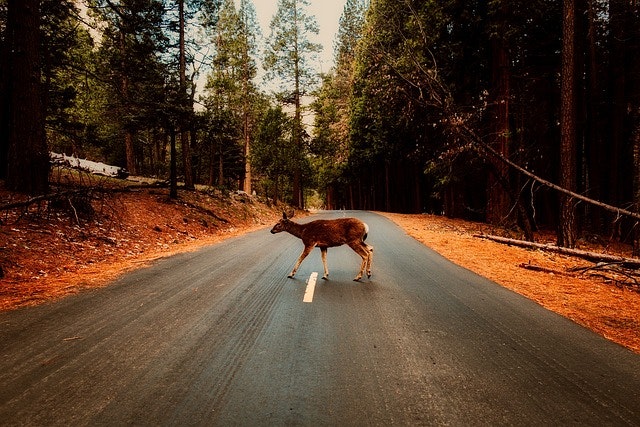
Deer Safety: Preventing Costly Collisions This Fall
As the air turns crisp and the leaves paint the landscape with vibrant hues, fall wonderfully showcases its natural beauty. However, this picturesque season also brings hidden risks: a significant spike in deer-related accidents. Annually, deer collisions amount to over $1 billion in damages, with repairs costing an average of $3,000 per incident. Fortunately, there are proactive measures you can take to safeguard yourself and your vehicle during the high-risk months from October to December.
Use Your High Beams Wisely
When driving at night, it's wise to use high beams whenever there's no oncoming traffic. This increases your chances of spotting a deer’s reflective eyes from a distance, providing you with more reaction time.
Be Mindful of Peak Activity Hours
Deer are most active in the afternoon and are hardest to see at dawn and dusk. Extra caution is advised during these periods, especially when navigating rural roads or wooded areas. Visibility might be low, making deer more challenging to detect until it’s too late.
Heed the Signs
Deer crossing signs aren’t mere decorations—they’re strategically placed to alert drivers to high-traffic areas for these animals. Slowing down in these zones can buy you precious seconds to react, potentially avoiding a collision.
Look for More Than One
If you see a deer crossing the road, remember that others might be nearby. Deer often travel in groups, so stay alert and reduce speed to be prepared for stragglers.
Know When Not to Swerve
Should a deer suddenly appear in your path, brake firmly but keep your lane. Swerving can lead to more severe accidents, putting you at risk of colliding with oncoming traffic, trees, or guardrails.
Use Your Seatbelt
Seatbelts are critical for safety, significantly reducing the likelihood of severe injury in the event of a collision. Always buckle up, as it's a simple step that can save lives.
If a Collision Occurs, Take Proper Steps
If you do hit a deer, move your vehicle to a safe location and activate your hazard lights. Alert the police and avoid approaching the animal. Contact your insurance provider promptly to report the incident.
While deer collisions present a serious seasonal hazard, staying alert and prepared can substantially reduce your risk. Treat every rural or wooded road section with caution, recognizing the potential for danger. If you have any questions about your auto insurance coverage, especially concerning deer-related accidents, don't hesitate to reach out to us. We're here to help you stay protected.